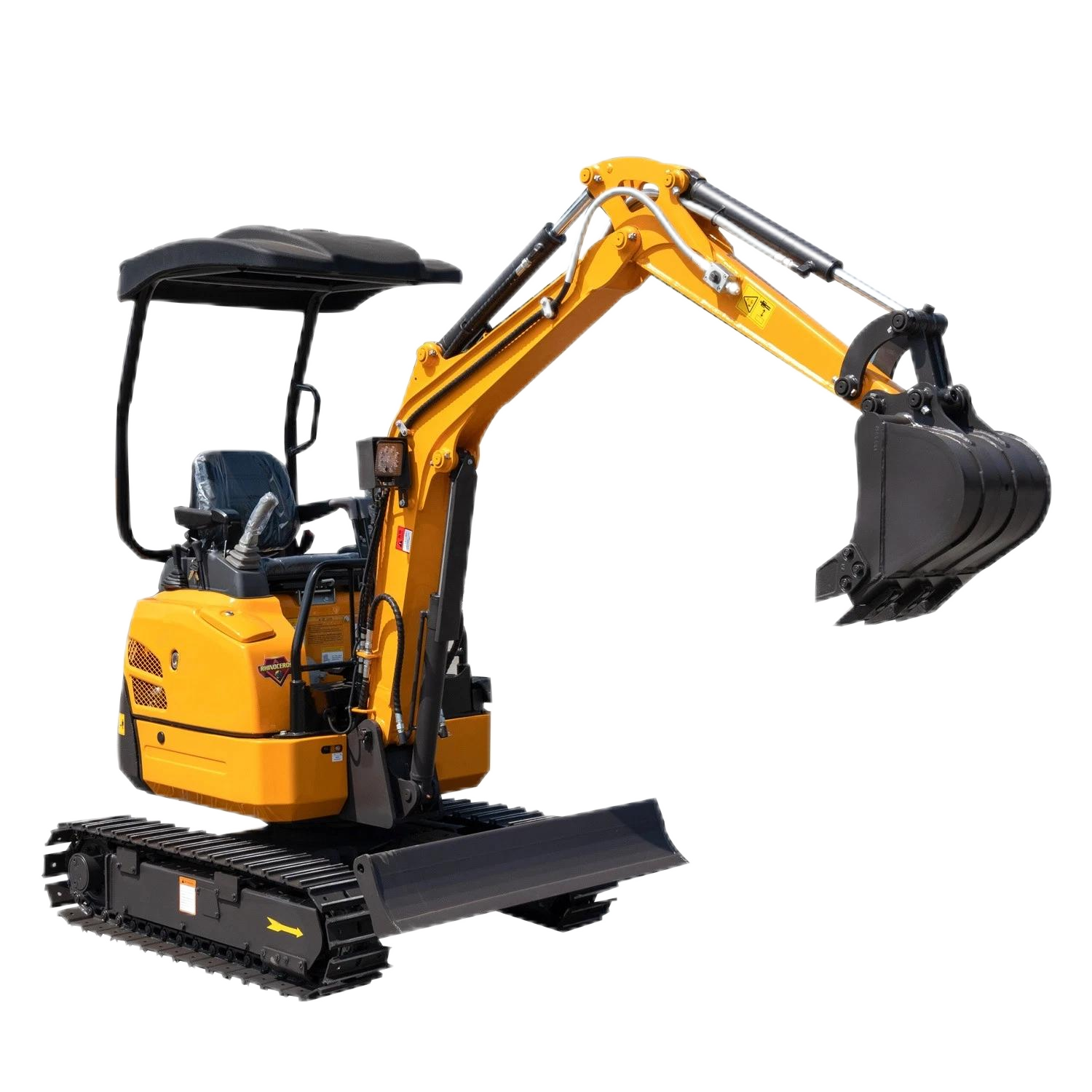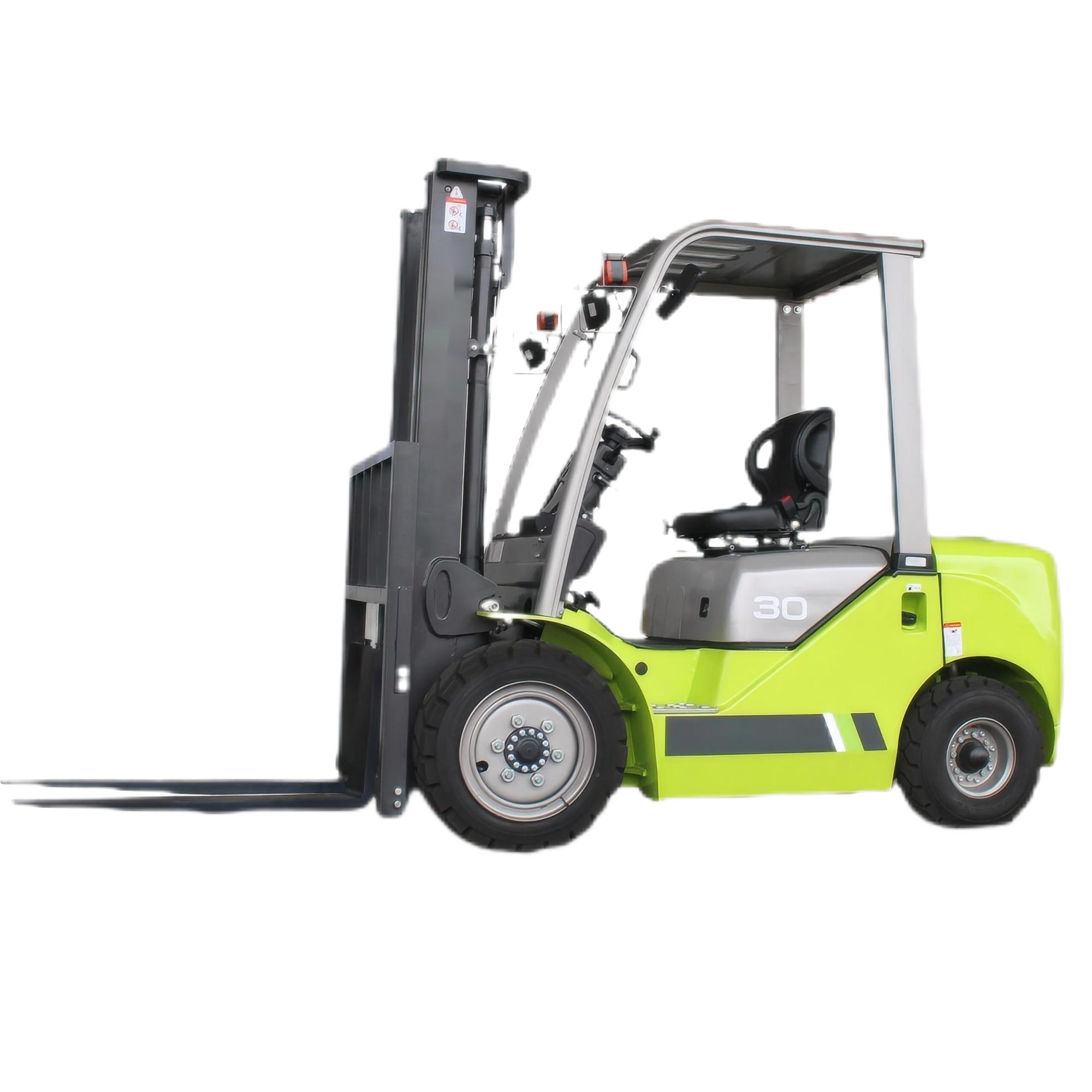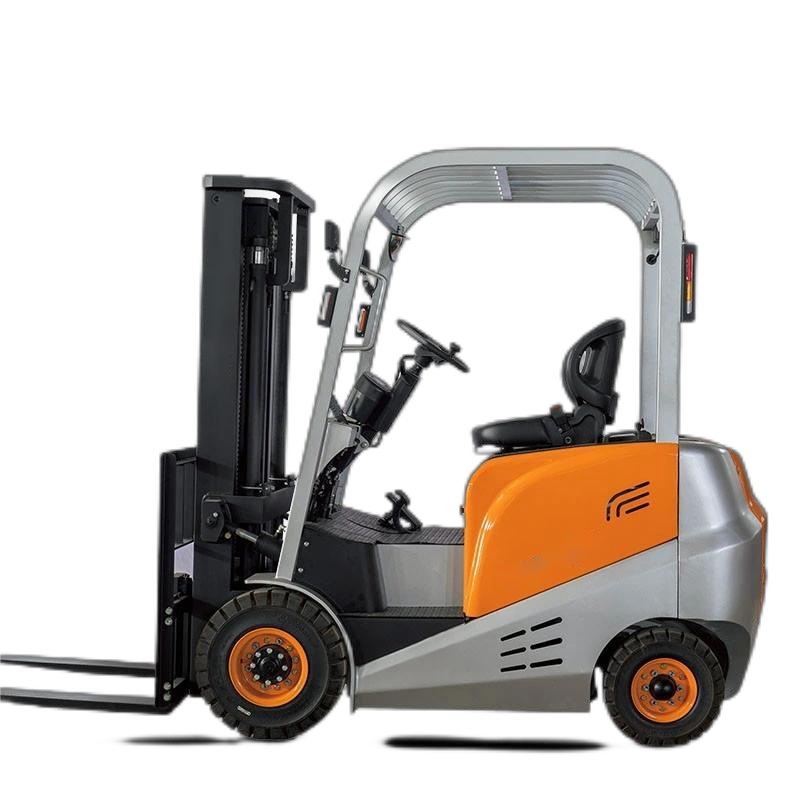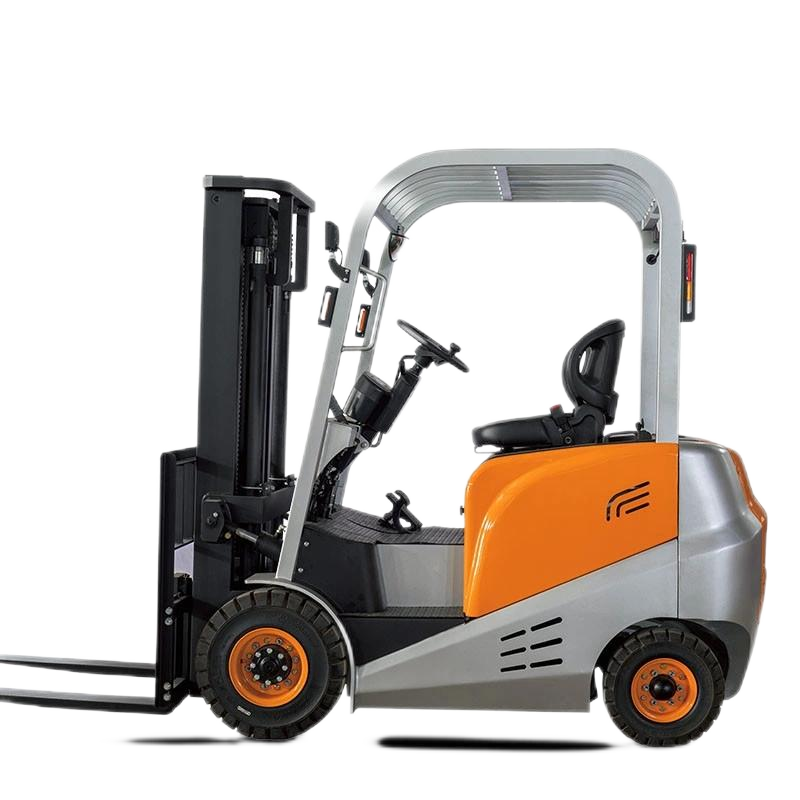(1) Infrastructure Projects: The Core Battlefield of Medium and Large Excavators
- Highway Construction: 30-40 ton-class excavators are preferred, suitable for mountain excavation and rock breaking; equipped with slope control functions, they can achieve subgrade leveling with ±0.5° precision, reducing reliance on GPS positioning equipment.
- Bridge Pile Foundation Construction: Paired with vibratory hammer attachments, pile sinking efficiency is increased by 30% compared to traditional processes, suitable for clay and gravel layer operations.
(2) Mining Operations: The Hardcore Strength of Ultra-Large Excavators
- Open-Pit Mine Stripping: Models over 50 tons are essential, standard with rock crushing hammers featuring a striking frequency of 450 times/minute. Combined with a 2.8m³ bucket, daily stripping capacity exceeds 5,000 cubic meters; the chassis is widened to 3.5m, with a (climbing capacity) of 35°, adapting to operations on slopes exceeding 60°.
- Underground Mining: Narrow-body models (width <2.4m) can pass through 3m-diameter mine tunnels and are equipped with explosion-proof engines to meet safety standards for gas mines.
(3) Agriculture and Municipal Engineering: The Flexible Approach of Small Excavators
- Irrigation and Water Conservancy Projects: 5-10 ton-class excavators with a minimum turning radius of 1.8m are suitable for operations on 3m-narrow field ridges; optional spiral drill attachments can complete drilling of 30cm-diameter, 2m-deep irrigation wells within 10 minutes.
Urban Pipeline Networks: Electric small excavators with soundproof cabs (noise <70dB) do not disturb residents during night construction; standard crushing and screening buckets directly process construction waste into recycled aggregates, with a processing capacity of 5 tons per hour.

IV. Three Key Factors for Purchase: From Parameter Comparison to Full Lifecycle Cost Accounting
(1) Precise Matching of Working Condition Parameters
- Digging Radius: Choose based on the operational area space – narrow foundation pits require models with a digging radius <6m, while open-pit mines prioritize boom configurations exceeding 8m.
- Lifting Height: For ultra-high stacking scenarios (e.g., port container unpacking), select models with a maximum lifting height >8m, and pay attention to bucket pin bearing parameters (safety coefficient ≥1.5 is recommended).
(2) Full Lifecycle Cost Calculation
- Initial Cost: Imported brands have a premium of approximately 30%, but their resale value is high (50% residual value after 3 years).
- Maintenance Cost: Focus on maintenance cycles (e.g., hydraulic oil replacement cycle ≥2,000 hours).
(3) Compliance and Certification Considerations
- Emission Standards: Exports to the EU must meet Stage V certification; domestic construction requires compliance with National IV standards. For new energy models, prioritize products with CE-PED mechanical safety certification.
- Qualifications and Supporting Documents: Mining operations require MA mine safety certification; municipal projects recommend low-emission models certified by ISO 14001 environmental management systems.
Conclusion: Choosing an Excavator is Choosing the Core Engine of Engineering Efficiency
From earth excavation to rock breaking, and from plain infrastructure to plateau mining, a well-adapted excavator ensures project progress. By precisely matching working condition requirements, deeply calculating full lifecycle costs, and anticipating technological trends, you not only acquire a high-efficiency device but also unlock new possibilities for productivity improvement.
From earth excavation to rock breaking, and from plain infrastructure to plateau mining, a well-adapted excavator ensures project progress. By precisely matching working condition requirements, deeply calculating full lifecycle costs, and anticipating technological trends, you not only acquire a high-efficiency device but also unlock new possibilities for productivity improvement.








